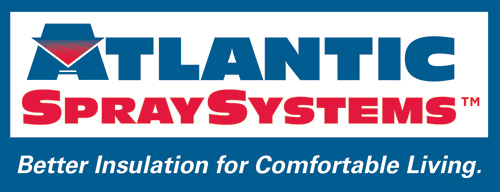Vented Attics

This type of attic is the most common we see in our housing stock. The way this attic works is you have venting along the perimeter of your home ( soffits ) that allows air to flow into the attic. This air is then drawn up through the attic space and exits at either a ridge vent ( peak of the roof ) or gable-end vents on the side walls of the attic ( gables ). This system of venting removes heat, moisture and, of course, stale air.
Common things we Inspect in a vented attic space:
- Soffit openings at eaves – First we want to make sure you have them. Then we want to make sure there are proper vents ( little styrofoam-looking chutes ). These are in each each rafter bay at eaves. They help maintain airflow and allow sufficient Insulation to extend over the top plates of your outside walls.
- Ridge venting or gable vents – We want to make sure you have one or the other and that it’s allowing adequate airflow.
- The insulation level – We want to make sure you have an R-38 minimum; this is about 10-12″ of loose-fill-type Insulation.
- Airseal opportunities – We want to check for open wall cavities ( ballon framing ), open cavities through drywall, such as a chase or dropped soffit. These openings and gaps should be sealed with a foam-type Insulation to stop air from transferring through the loose Insulation and into the living space and vice versa.
Conditioned Attics

A vented attic can heat up to 130 degrees in the summer, causing your HVAC system to work much harder than necessary. Unwanted moisture can also form as the result of condensation. These problems can be solved by applying spray foam insulation to the underside of the roof deck. As a result, the attic becomes a “conditioned” space that is as comfortable as any other room in your home.
This type of attic is becoming more popular as the overall cost of energy has Increased and the development of better Insulation products, such as spray foam have evolved. Conditioned attics work well in most climates, especially here in Virginia where we have excessively hot and humid summers and increasingly cold winters.
When were asked to look at an attic to give our recommendation on whether it makes sense to keep it a vented attic and just upgrade, or consider a conditioned attic space, our approach is not a “one size fits all.” We are going to look at it as if it were our own home and use some common sense.
Here are just a few things we want to look at:
- Is there duct work in the attic? YES – then a conditioned attic makes sense.
- Is there poor ventilation or no current ventilation? NO – then you may be a candidate for a conditioned attic. ( But most likely you could correct the ventilation Issue, but at what price? )
- Lots of usable space in the attic? YES – conditioned attics are a great option as you end up with much more usable conditioned storage space.
